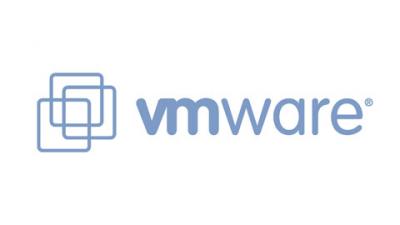Acknowledging that security is – and will remain – the No. 1 hesitation point for enterprises when it comes to building new cloud infrastructure deployments, VMware in 2011 will be looking at alleviating these fears from a slightly different perspective.
Allwyn Sequeira, Chief Technical Officer for VMware’s Security and Network Solutions division, told a group of tech writers and analysts on 14 December that security for applications deployed in cloud systems needs to be built into the hypervisor itself and not reside independently in the stack.
From hypervisor to operating system
It’s another step toward making the hypervisor act more like a full-fledged operating system.
“All applications are different, with different security requirements. And when it comes to most security issues, a human is almost always involved,” Sequeira said. “Humans run the apps. That’s where the lapses happen.
“When security is automated within the hypervisor – thus untouched by humans – data is going to be far better protected. This is one of VMware’s main goals for 2011, to secure applications running in the cloud in more efficient ways.”
If breaking down the cloud security process and distributing it more granularly among the applications will help calm the nerves of IT managers and security personnel at enterprises, then this approach will accomplish its mission: To better prepare end users for migration to new cloud systems.
Sequeira described the conventional approach to cloud application security as “building a secure infrastructure with various secure controls, managers and manual processes.
“In the future, we want to build security into virtualised applications that can be realised on both public and private cloud infrastructure,” Sequeira said. “I call it IAAS: It’s about apps, stupid.”
Faster performance
One portion of VMware’s plan is moving anti-virus and anti-spam processing off virtual machines and inserting it into the hypervisor as a component. This new anti-virus component will be supplied by one of VMware’s partners, Sequeira said.
“The policy and configuration management will come through the user interface or through a REST API [application programming interface],” Sequeira said.
REST (representational state transfer) is an approach for obtaining information content from a web site by reading a designated web page that contains an XML (Extensible Markup Language) file that describes and includes the desired content.
The benefits will include faster overall performance of the VM, since it won’t have to keep scanning for malware and malware storms all the time, and the elimination of agents susceptable to attacks, Sequeira said. It also will satisfy audit requirements with detailed logging of antivirus tasks.
Sequeira said VMware users should be seeing these improvements coming into vSphere during the next year.
At VMware, Sequeira is responsible for strategy and delivery of security and networking solutions. Previously, he was CTO and Senior VP of Product Operations at Blue Lane Technologies, which was acquired by VMware in October 2008.
At Blue Lane, Sequeira was responsible for creating the Virtual Shield product, which is the basis for VMware’s vShield product line. Sequeira is a member of the DMTF and Cloud Security Alliance Architecture group.





